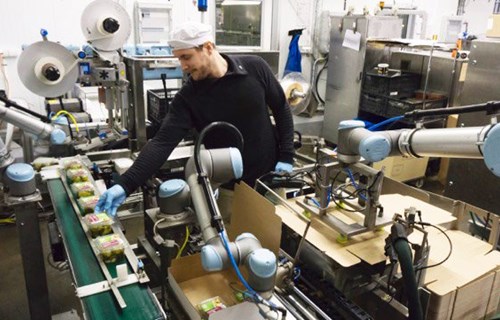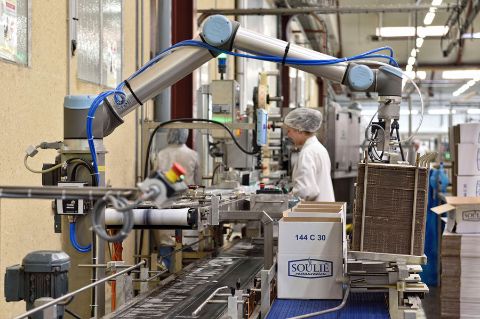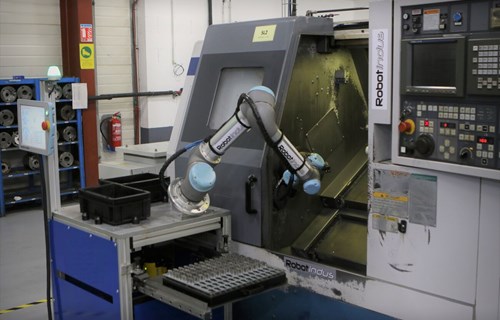The task facing manufacturers is already arduous, especially as conditions are made more difficult by a volatile and unpredictable global economy. The pandemic has further amplified the labor shortage in some sectors, due to the "Great Resignation" phenomenon where many people are re-evaluating their careers.
Deloitte estimates that there could be a labor and skills shortage of 2.4 million jobs in the United States alone between 2018 and 2028. This situation also affects Quebec, as well as other parts of the world, as the "baby boomer" generation born between 1946 and 1964 retires. Their departure from the labor market leaves behind vacancies and a skills shortage. At the same time, consumers have high expectations of response times, quality and fair working conditions, while seeking to reduce costs for manufacturers.
How can manufacturers meet these challenges while maintaining production profitability?
By speeding up the automation of manufacturing processes. However, this does not require the use of larger, more expensive industrial robots. The new generation of collaborative robots, also known as cobots, is changing the way people perceive robots in the manufacturing industry. Unlike traditional robotics, cobots can be used for a variety of tasks and do not require a complex safety infrastructure.
Five ways in which collaborative robots can improve business productivity
1- Automating repetitive tasks :
Collaborative robots can be programmed to perform repetitive, monotonous tasks, such as packing or assembling parts, faster and more accurately than human workers. This allows employees to concentrate on more complex tasks that require their expertise. According to a study by McKinsey & Company, automating repetitive tasks with collaborative robots can boost productivity by up to 30%.
2- Increase production speed :
Collaborative robots can work 24 hours a day, 7 days a week, without fatigue or breaks, thus significantly increasing production speed compared to human workers. According to a PwC study, collaborative robots can boost productivity by 7-18% in the manufacturing and industrial sectors.
3- Reducing downtime:
Collaborative robots can perform tasks continuously, without interruption, considerably reducing downtime and idle time. This optimizes production operations and improves profitability. According to a study by KUKA, a company specializing in robotics, the use of collaborative robots can reduce downtime in production operations by 20%.
Ready to improve your productivity?
4- Safety improvements :
According to a study by the International Labour Organization, workplace accidents cost around 3.94% of global GDP in 2017. Collaborative robots can reduce the risk of workplace accidents and contribute to safer working environments. Collaborative robots can be used to perform hazardous or repetitive tasks that could endanger the health or safety of human workers. This reduces the risk of workplace accidents and contributes to safer working environments.
5- Space optimization :
Collaborative robots are often designed to occupy a small space, and can be programmed to work in confined areas. This optimizes the use of production space and maximizes efficiency.
Ready to improve your productivity?



